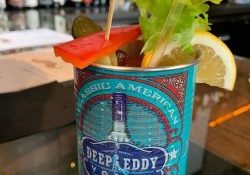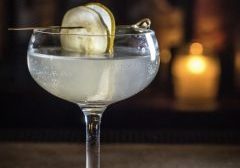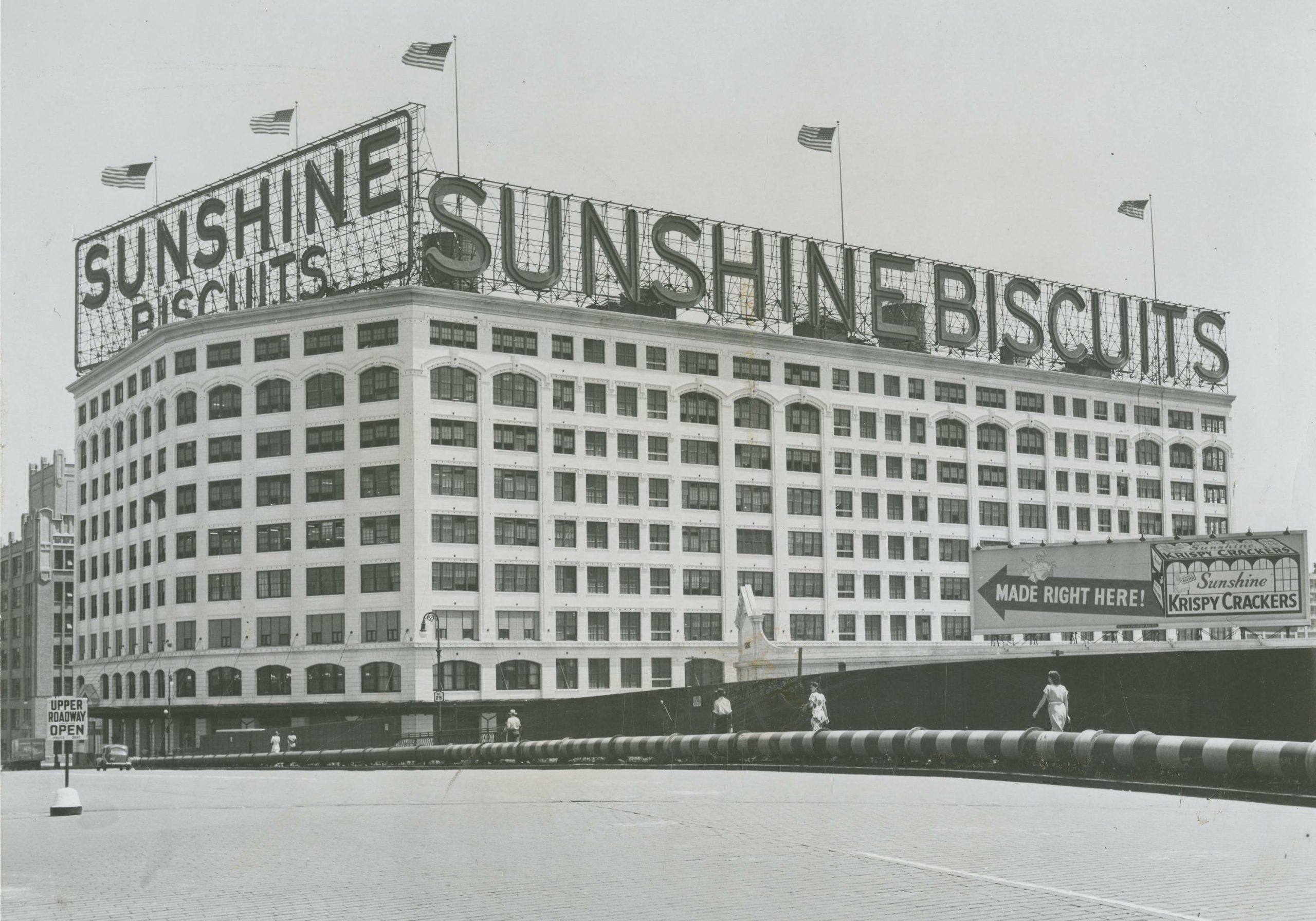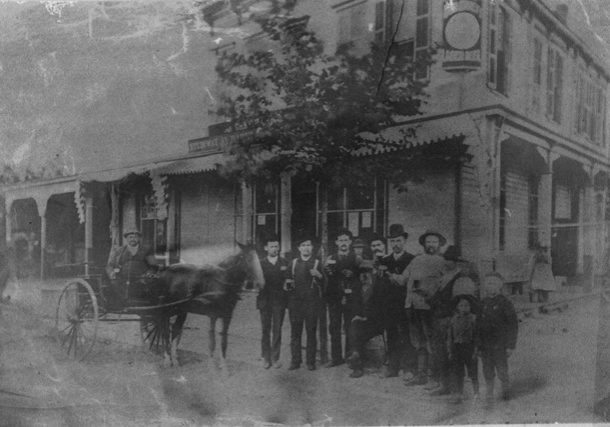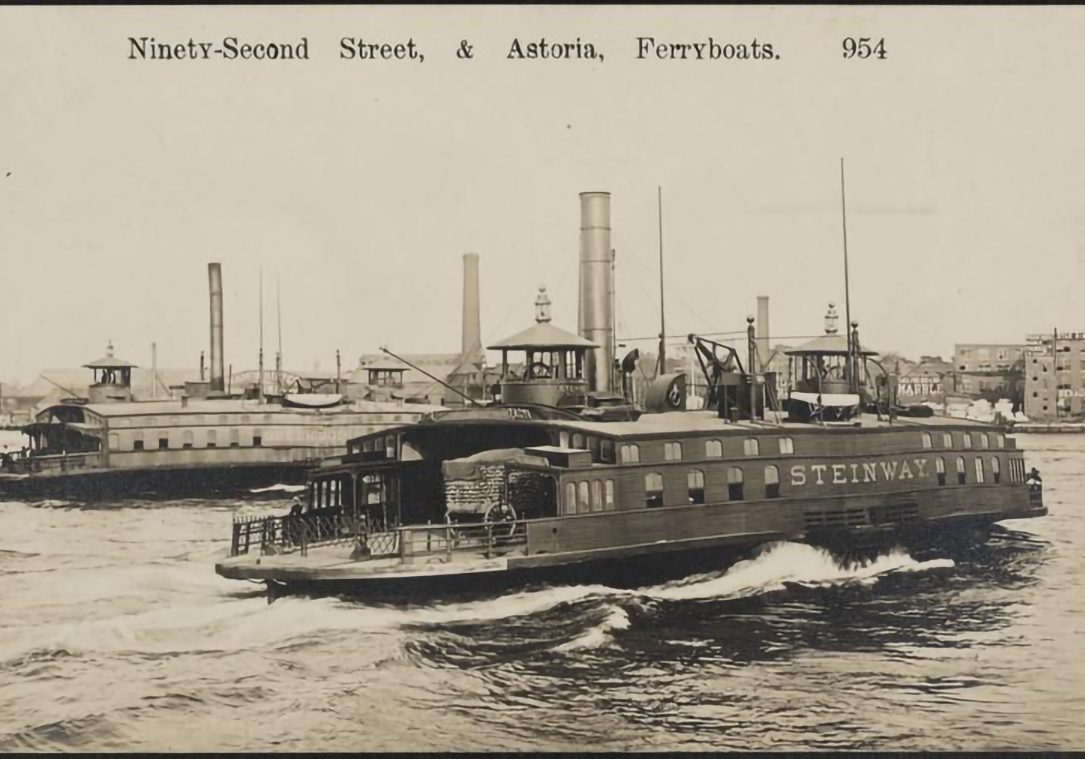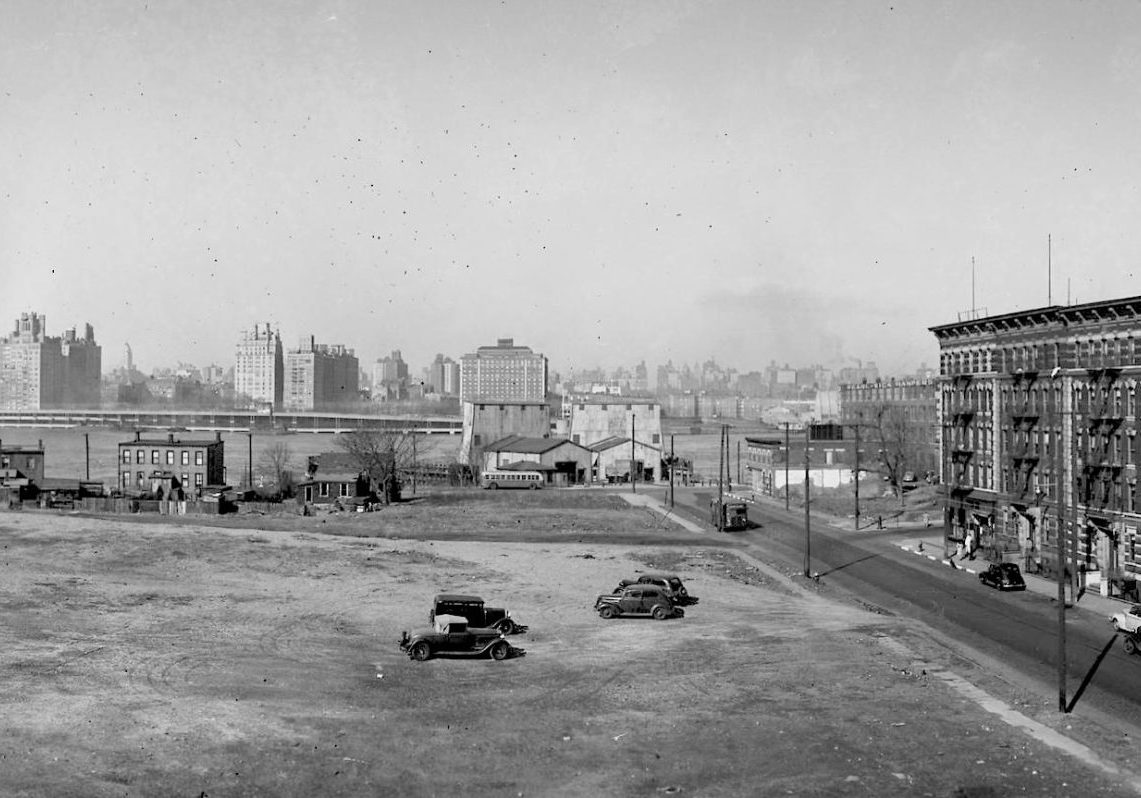History Etched in Stone
The Dutch colonial era of Queens is alive and well in Long Island City. Workers in Queens Plaza who come to sit outside and enjoy their lunch break at the Dutch Kills Green while engrossed in their smartphones do so right next to two technological marvels dating back more than 370 years.
It was here at 41st Avenue and Northern Boulevard that German immigrant Burger Jorissen built his family tidal mill or grist mill. The borough was once nothing more than open prairies and marsh lands which were crisscrossed with small rivers and streams. Queens Plaza was all marshland almost four centuries ago where natural springs fed into Sunswick Creek which fed into a tidal mill situated where Queens Plaza, Northern Boulevard, Queens Boulevard and the Sunnyside Yards meet. Due to the lush fertile land of Queens borough and greater Long Island, the atmosphere was perfect for growing wheat which could be converted into flour and cornmeal.
And so it was that Queens and neighboring Brooklyn became the breadbasket for the Netherlands and later on for England. With the passage of colonial era legislation allowing anyone to hop aboard this new and vastly growing business venture, a massive empire of wheat, cornmeal and flour manufacturing was born in New York City.
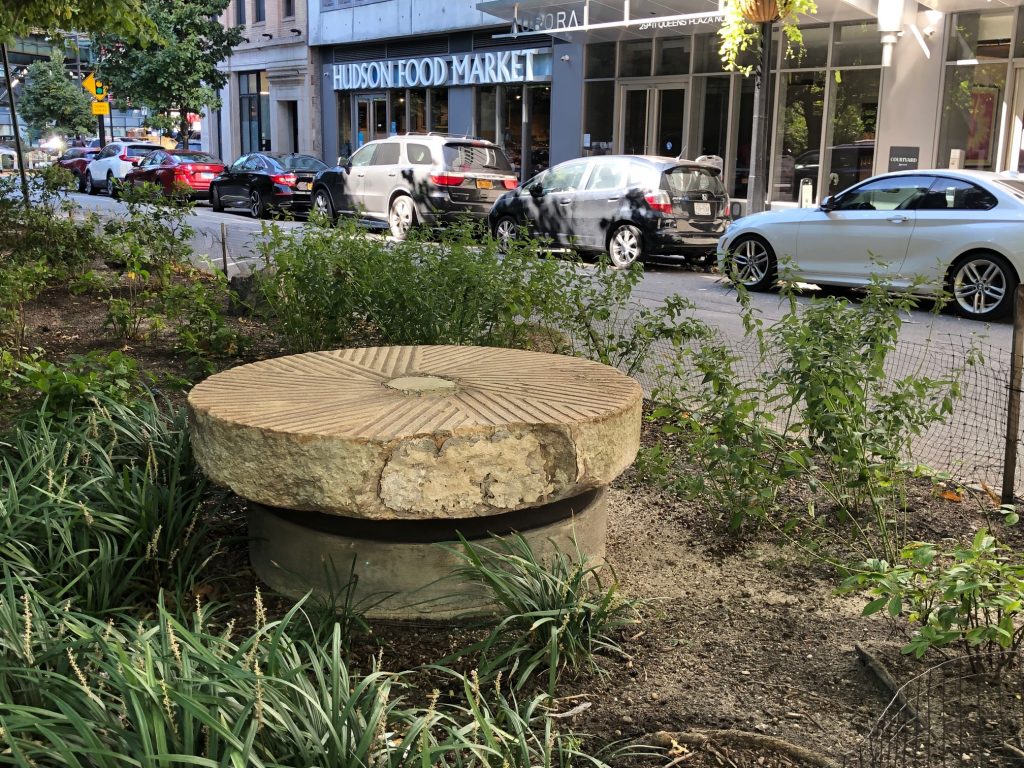
The head crafted millstones put to use by Burger Jorrisen 370 years ago are alive and well and now call the Dutch Kills Green their new home
In order to process the wheat into grain, flour and cornmeal, a mechanical invention made from stone called a tidal mill was established. The manufacturing basically worked like this. Farmers of Long Island City and Dutch Kills (originally known as Newtown) would bring their wheat to the mill which was housed inside a large wooden shack like structure. Inside were two mill stones carved by hand into round plates. Each of these two flat stone plates were seven inches thick with ridges cut into the surface. The two wheel like stone plates, weighing hundreds of pounds, were placed almost atop one another. The wheat was then placed in-between the stones.
When the incoming tide flowed up Dutch Kills into a pond situated behind the mill (known as Jorissen’s Mill) the force of the inflowing waters would cause the millstones to turn thus crushing the wheat or corn into grain or cornmeal. The process was a slow one. It took about five hours for an order to be completed. When the tide flowed out, the receding water caused these heavy stones to turn again this time in the opposite direction grinding down the materials even more so.
The location of Jorissen’s mill was situated approximately near the present day Clock Tower Building of Chase Manhattan Bank. In the early 18th century the Jorissens were gone and their land and millstones passed to the wealthy family of William Payntar. The Payntars lived in what would become Queens Plaza for more than two hundred years. In 1800s, the gristmill was long abandoned and with the coming of the Hunter’s Point, Newtown and Flushing Turnpike Road Company’s construction of Jackson Avenue (today’s Northern Boulevard) in 1859, the two stones were dug up and embedded in front of the Payntar
Homestead located just East of Queens Plaza and Northern Boulevard at the edge of the Sunnyside Yards. Also on display next to the stones was a cannonball fired by a British battleship which flew across the East River and landed not too far from their property during the Battle of Kips Bay in September of 1776.
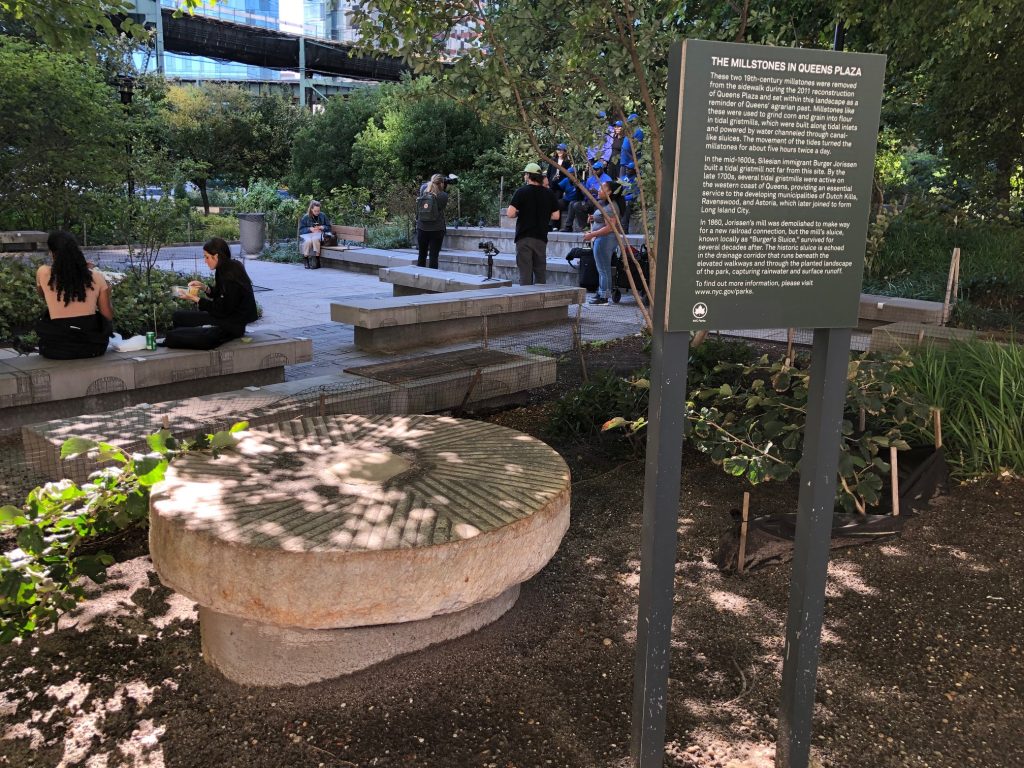
The William Payntar homestead built in the early 1700s was photographed just a few years before its demolition in 1913.
It was family descendant Elmer Payntar who ultimately sold the property to the City for the development of Queens Plaza which now contained roads for automobiles, trolleys and the entrance to the Queensborough Bridge. The homestead was torn down in January of 1913 as urbanization and a modern day street grid system covered up any trace of the once open spread of marshlands and streams and the families who had lived there for centuries.
All except for Burger Jorissen’s millstones! They were both excavated by the city and in a miraculous turn of events were then reinstated in a concrete traffic island at the base of the bridge and served as a local attraction for commuters passing by. In the early 2000s when Queens Plaza was again reimagined, the stones were removed and put on temporary display at the Long Island City branch of the Queens Library.
Finally, several years ago the two millstones were given a new (and hopefully permanent) home in the Dutch Kills Green Space less than 100 yards from where they were first put into operation almost four centuries ago under the wooden roof of Burger Jorrisen’s tidal grist mill. They now sit proudly in the shadow of the Long Island City Courtyard Marriott at 41st Avenue and Queens Plaza North.





